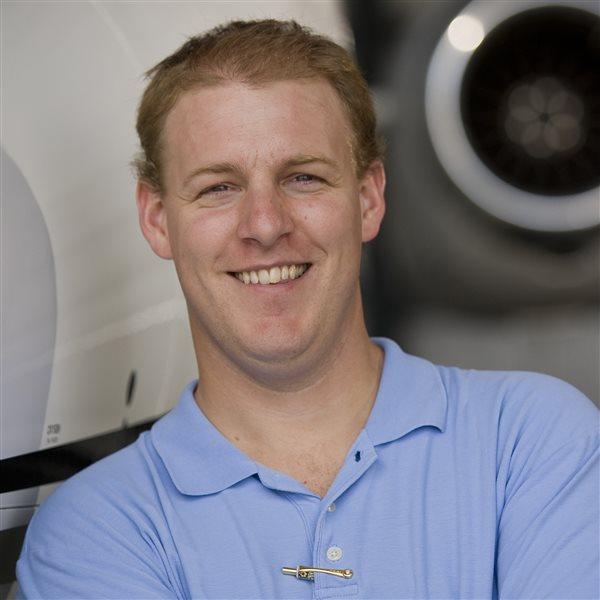We live in a time where science fiction has become reality. Everyday conveniences such as smartphones, tablet computers, and the ability to have a video conversation with someone half way around the world for pennies still seem incredible when you slow down for a second and think about it. Given that, I guess we shouldn’t be surprised at the proliferation of drones.
Yes, I know the engineers and policy makers would like us to call them unmanned aircraft systems, but to you, me, and the rest of the world, they are drones. These remote-controlled, pilotless, or pilot-optional aerial vehicles bring the promise of incredible advances in everything from warfare to water management. Although today we see their influence primarily in far reaches of the globe in support of America’s national security interests, the promise of their technology will significantly speed up their implementation stateside.
According to congressional testimony in June, 106 federal, state, and local agencies are authorized to fly drones under the authority of about 200 Certificates of Authorization (COA). Each of these aircraft needs a team of engineers, technicians, pilots, and other support staff to operate effectively. And that means jobs. Do a quick search on any job board and you’ll find hundreds available right now.
With the technology blossoming, it seems as though the job market is limitless. There are downsides, however. One is the COA process. Because the industry has yet to develop a see-and-avoid capability that’s on par with humans, the FAA only allows them to fly in restricted airspace or with a COA, which can take a lot of time and effort to acquire. The COA process is good for pilots in that it ensures a margin of safety with the rest of the airplanes in the sky. But the strict requirements are slowing down the industry’s growth.
That see-and-avoid capability is part of what makes a degree in unmanned aviation such an exciting prospect. Universities are part of the network that’s researching how to meet an equivalent level of safety, meaning students can be on the forefront of enabling the industry to integrate into the airspace. All of which means more jobs to come.
Flying a drone may not seem like the job you dreamed of. No doubt you see yourself in an airline or corporate aircraft cockpit. If you consider, however, that your path to a stable job and a good salary in the professional flying world will take years and most likely involve at least one layoff or furlough, the prospects of a good income and expanding job market don’t look so bad.
If you’re one of the dedicated ones who wants to pursue a flying career, our Annual College Issue will help. Starting on page 52 you’ll find a directory of every two- and four-year institution in the country that offers a degree in professional piloting, air traffic control, maintenance, or airport management. UAS degree programs aren’t yet spelled out in our directory, but Jill W. Tallman’s feature, “Remote Control,” profiles a few of the new programs. Best of all, each includes some flight training.



